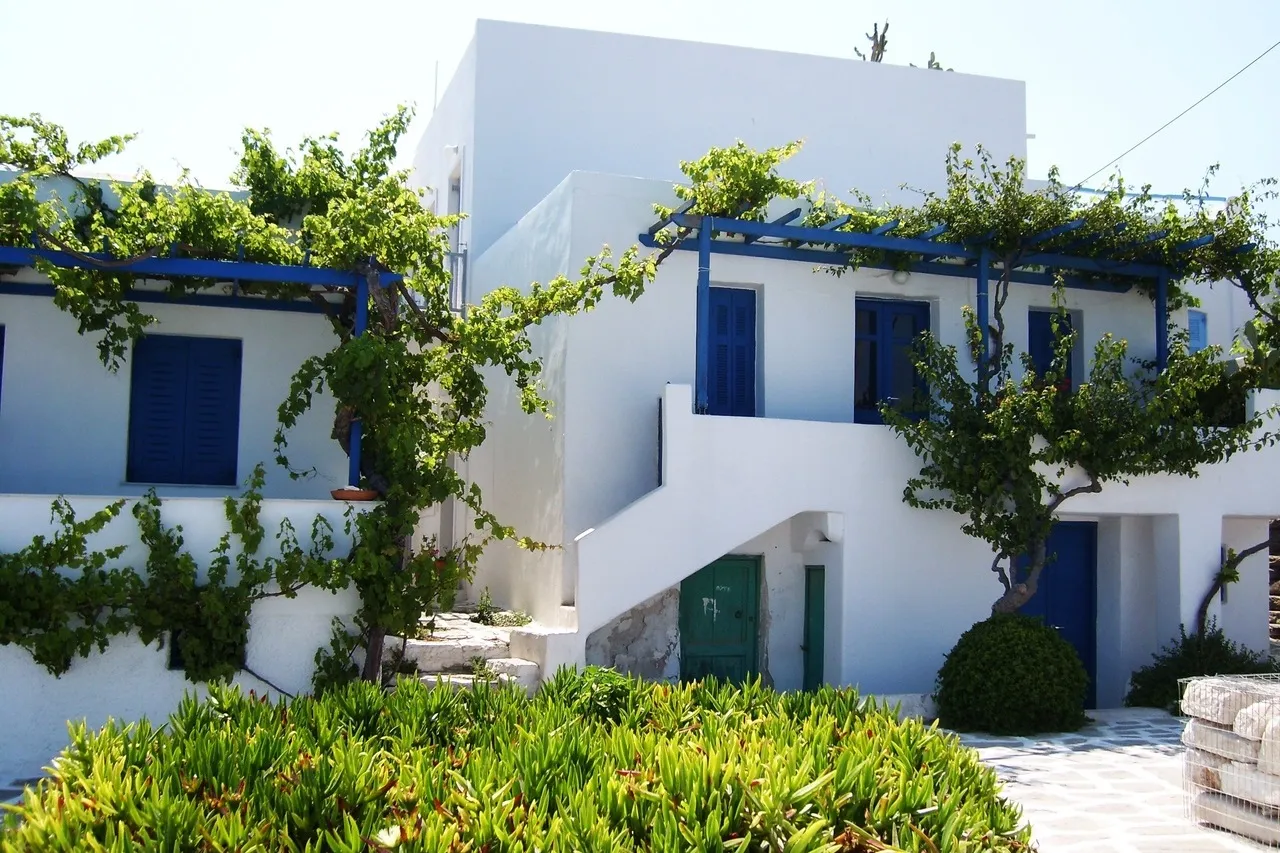In a breakthrough discovery, scientists in Hong Kong have unveiled an ultra-white ceramic material that could revolutionize the cooling of buildings by reflecting a staggering 99% of sunlight and heat. This innovative material draws inspiration from the nanostructure of the Cyphochilus beetle, allowing it to outperform existing cooling solutions and withstand the elements with remarkable durability.
The traditional method of cooling buildings often involves energy-intensive air conditioning, contributing significantly to escalating energy costs and environmental concerns. Seeking more sustainable alternatives, scientists have explored passive cooling strategies, with painting buildings and rooftops white emerging as a simple yet effective solution. Lighter colors inherently absorb less light, and by reflecting sunlight, buildings can remain cooler. However, previous ultra-white paints faced challenges related to durability.
The scientists at the City University of Hong Kong addressed these issues by developing a ceramic material with an exceptional nanostructure. Unlike conventional white paints, the material relies on its unique composition to scatter almost the entire spectrum of sunlight, achieving an unprecedented solar reflectivity of 99.6%. Made primarily of alumina, the material not only reduces solar absorption but also exhibits superior durability against weather elements, including resistance to UV light exposure.
One of the material’s remarkable features is its capacity to enhance water evaporation from the surface, providing an additional benefit of evaporative cooling. With an infrared thermal emission of 96.5%, the ceramic material effectively regulates interior temperatures. Furthermore, it demonstrates fire resistance by withstanding temperatures exceeding 1,000 °C (1,832 °F).
The study’s co-corresponding author, Professor Edwin Tso Chi-yan, emphasizes the material’s promise in practical applications by saying, “The cooling ceramic is beautiful because it fulfills the requirements for both high-performance PRC and applications in practical settings.” Through experiments, the researchers demonstrated that using the cooling ceramic on a residential roof could result in a reduction of more than 20% in the amount of electricity used for space cooling. This presents a viable way to lessen the dependency on conventional cooling techniques and address issues like urban heat islands, greenhouse gas emissions, and overloading the electrical grid.
Additionally, the material’s ease of mass production, utilizing common materials like alumina through a two-step process of phase inversion and sintering, opens the door to widespread adoption. For those who find white uninspiring, the researchers suggest that the material can be produced in various colors and patterns by incorporating additional layers. As the demand for energy-efficient and environmentally friendly solutions grows, this white ceramic innovation stands out as a promising step towards a cooler and more sustainable future for buildings.

